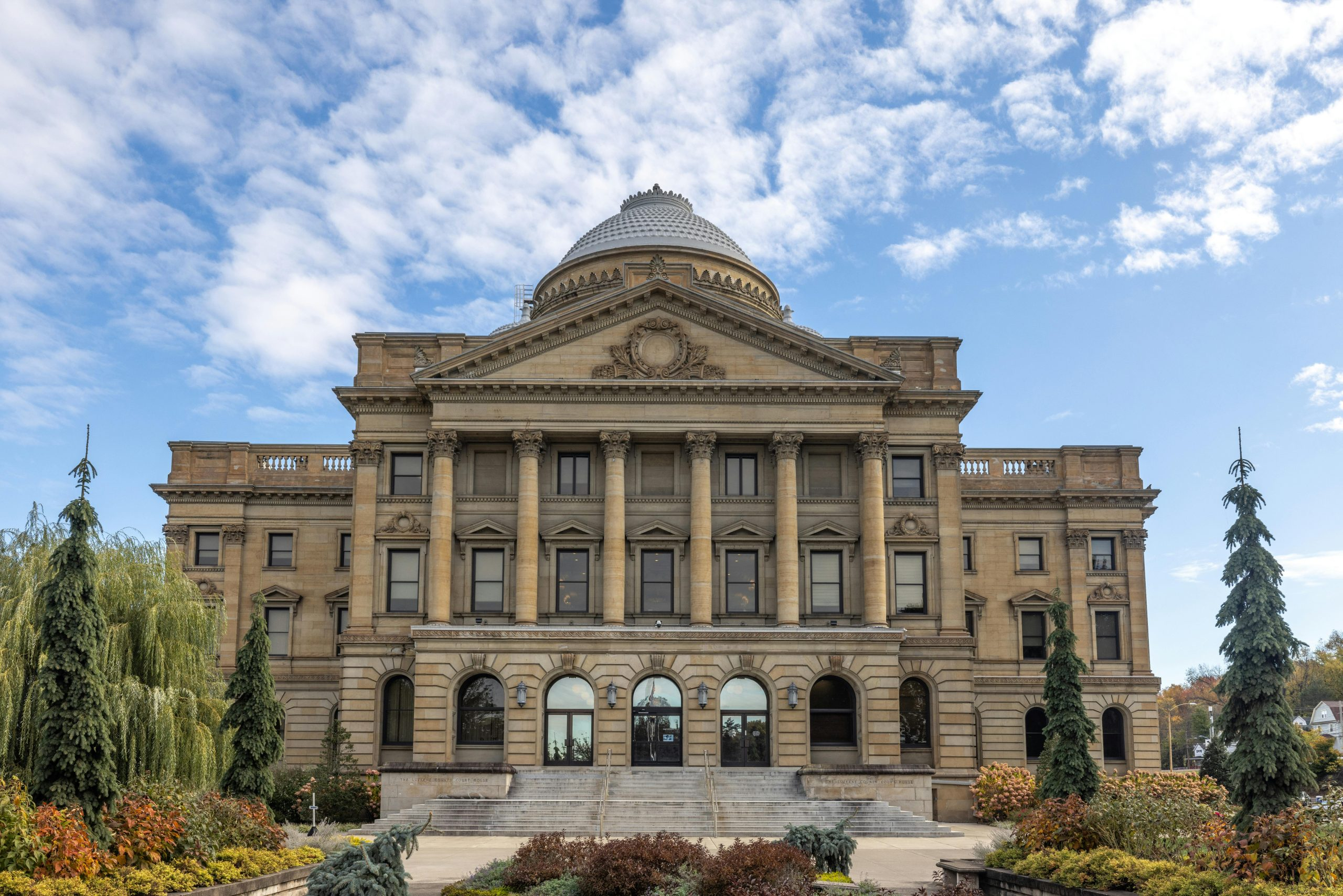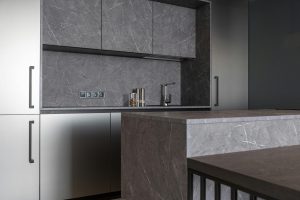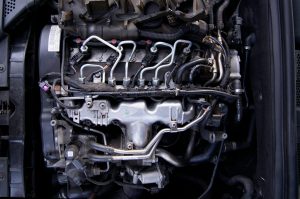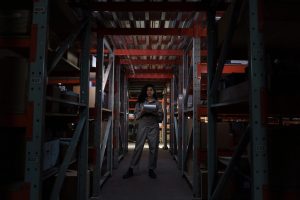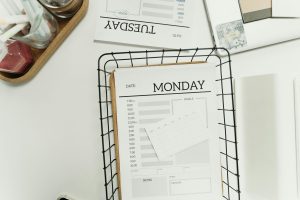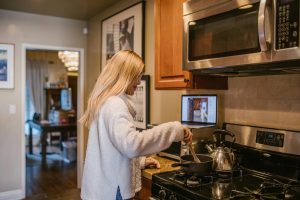The Financial Burden of Property Maintenance and Repairs
Owning a property is often seen as a lucrative investment. However, with property ownership comes the responsibility of maintenance and repairs. While it may seem like a small task, property maintenance and repairs can be a financial burden for many property owners. In this article, we will discuss the financial implications of property maintenance and repairs and provide tips on how to mitigate these costs.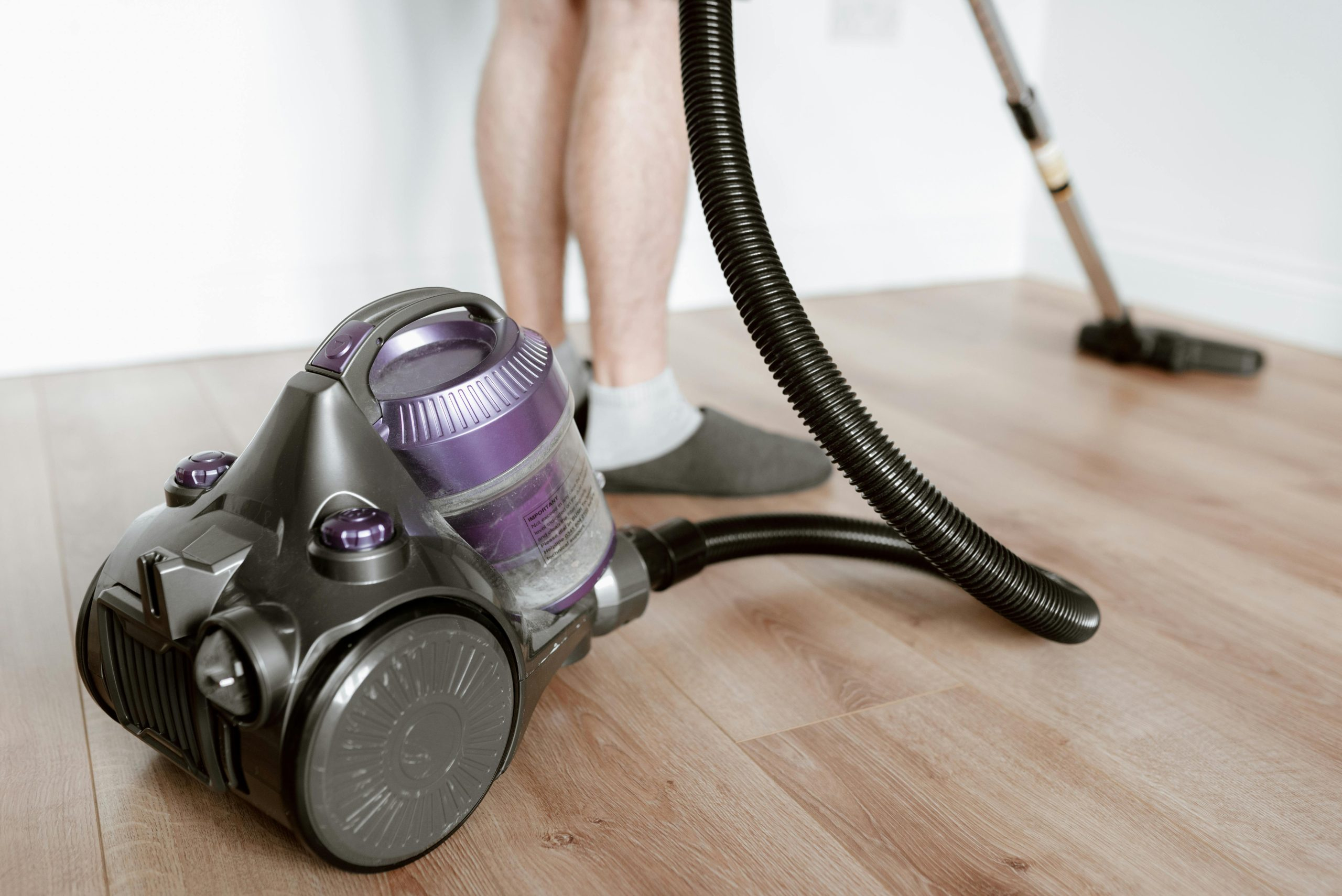
The Cost of Property Maintenance
Property maintenance involves the regular upkeep and repairs of a property to ensure it is safe, habitable, and aesthetically pleasing. This can include tasks such as mowing the lawn, painting the walls, fixing plumbing issues, and more. These tasks may seem simple, but they can add up to a significant cost over time.
According to a study by HomeAdvisor, the average cost of property maintenance in the US is around $16,397 per year. This includes both DIY projects and professional services. The study also found that the average homeowner spends between 1% to 4% of their property’s value on maintenance each year. This means that for a property valued at $250,000, the annual cost of maintenance can range from $2,500 to $10,000.
Moreover, property maintenance costs can vary greatly depending on the location, age, and type of property. For example, a historic home may require more expensive and specialized maintenance compared to a newly built property. Similarly, properties in areas with harsh weather conditions may require frequent repairs, leading to higher costs.
The Impact of Repairs on Finances
In addition to regular maintenance, property owners also have to deal with unexpected repairs. These can arise from natural disasters, accidents, or simply wear and tear. These repairs can quickly add up and put a strain on a homeowner’s finances.
A study by the National Association of Home Builders (NAHB) found that the average maintenance and repair costs for newly built homes in the first four years can range from $9,000 to $11,000. For older homes, the cost can be significantly higher. This can be financially crippling for homeowners who may not have the resources to cover these expenses.
The Importance of Budgeting for Property Maintenance and Repairs
Given the potential financial burden of property maintenance and repairs, it is crucial for homeowners to budget for these costs. One way to do this is by setting aside a certain percentage of your property’s value each year for maintenance and repairs. This way, you will have the necessary funds available when unexpected repairs arise.
In addition, regularly checking and maintaining your property can help prevent costly repairs in the future. For example, fixing a leaking roof or repairing a small plumbing issue can save you from incurring more significant expenses down the line. It is also essential to prioritize repairs to avoid further damage and expenses.
Alternative Solutions for Property Maintenance and Repairs
While property maintenance and repairs are unavoidable, there are ways to reduce the financial burden. One option is to invest in energy-efficient and durable materials during construction or renovations. While these may be more expensive upfront, they can save you money in the long run by reducing maintenance and repair costs.
Another solution is to consider purchasing a home warranty. This is a service contract that covers the repair or replacement of major systems and appliances in your home. While it may require an upfront cost, it can help manage the cost of unexpected repairs and give homeowners peace of mind.
In Conclusion
Owning a property comes with various responsibilities, including maintenance and repairs. These tasks can quickly become a financial burden, especially for those who may not have budgeted for them. However, by prioritizing and budgeting for maintenance and repairs, investing in high-quality materials, and considering alternative solutions, property owners can mitigate the financial implications of these tasks and enjoy their investment without breaking the bank.

